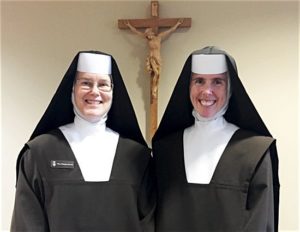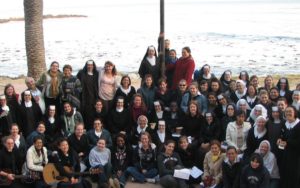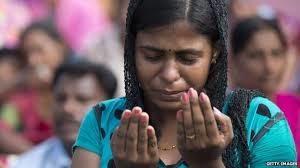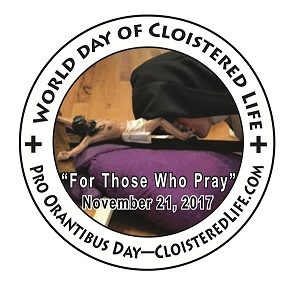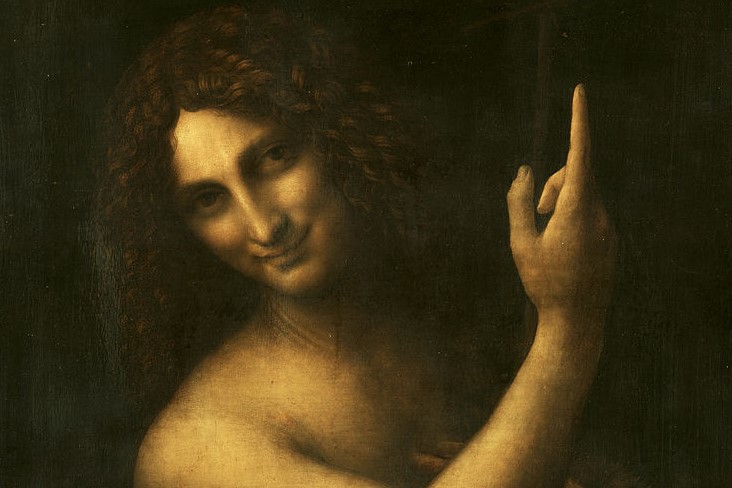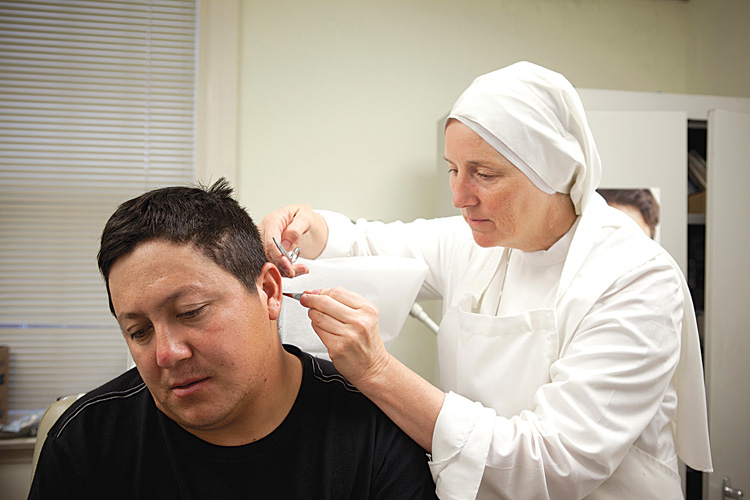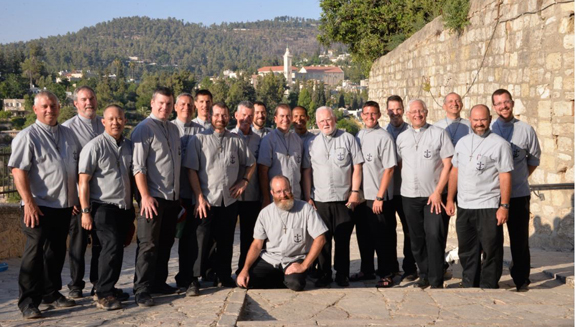“Preach the Gospel as you go for the streets!” ―Poor Friars Motto
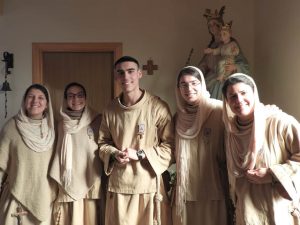 There is a new community in the diocese of Houma/Thibodaux in Louisiana whose members can be seen hitchhiking around the highways and byways of the diocese.
There is a new community in the diocese of Houma/Thibodaux in Louisiana whose members can be seen hitchhiking around the highways and byways of the diocese.
The Little Friars and Little Nuns of Jesus and Mary, also known as the Poor Friars, were founded in Italy and recognized as a Public Association in 2014. They have the Franciscan spirit of poverty and evangelization, and the Carmelite spirit of contemplation and prayer in their cloisters, but have their own unique Rule of Life.
There are many in the world today who do not give serious thought to the Church because of a perceived worldliness in its members and clergy. Where is the poverty of Christ? There are many shining examples among bishops, priests, religious and the laity. But in our day, when people do not notice simple signs of sanctity and heroism, a sometimes more dramatic image must be revealed. This is what the Poor Friars are: a sign of contradiction in our self-absorbed and self-centered culture; the embodiment of true dependence on God for the basic needs in life, as given freely through strangers and neighbors in encounters that change lives forever.
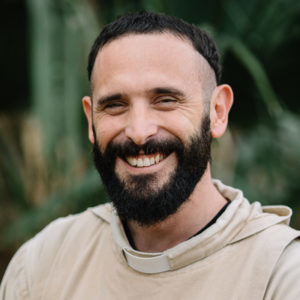
They personally cannot accept money at all. They also do not own cars so they hitchhike everywhere. “This is where our Apostolate shines,” says Fr. Antonio Maria Speedy, American Provincial, “as while in the vehicle with the people, we invite them to the Sacraments of Confession and Holy Communion.”
Women and men make up the community though they live separately. They minister in four Italian dioceses. In 2010, they were invited by the local ordinary to begin the process of establishing a community in Louisiana. Father Antonio Maria is the chaplain to the Diocesan Office of Evangelization and the Administrator of two parishes.
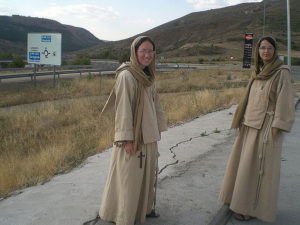 Here is a description from their website for their reason for being (raison d’être), all the more penetrating because of the charm of the language translated from the Italian!
Here is a description from their website for their reason for being (raison d’être), all the more penetrating because of the charm of the language translated from the Italian!
Today all the world or many, many people in effect have the need to see real poor of the Lord in the Church, because they no longer understand the Benign Mystery of its Glorious Richness; instead of esteeming it they accuse it!, and not only, they also accuse unjustly its Ministers that represent it.. , . instead of becoming nearer they go further ! For this was immediately born the urgency to make ourselves truly poor, so the confused people, in regards to the so called wealth of the Church, no longer having the possibility to point the finger at us, given that they see us extremely poor, they stop, and finally listen to the demonstrated Truth and the simple answer as to why Jesus was poor while now the Church is (rightly ) Rich, and etc.. etc.. ; and like this in fact many, begin to take up again the esteem for their Mother Church and for her Ministers, returning like this to the Holy Confession and to the Holy Communion, and therefore concretely: be on the way towards the Blessed Eternal Life. Amen !
